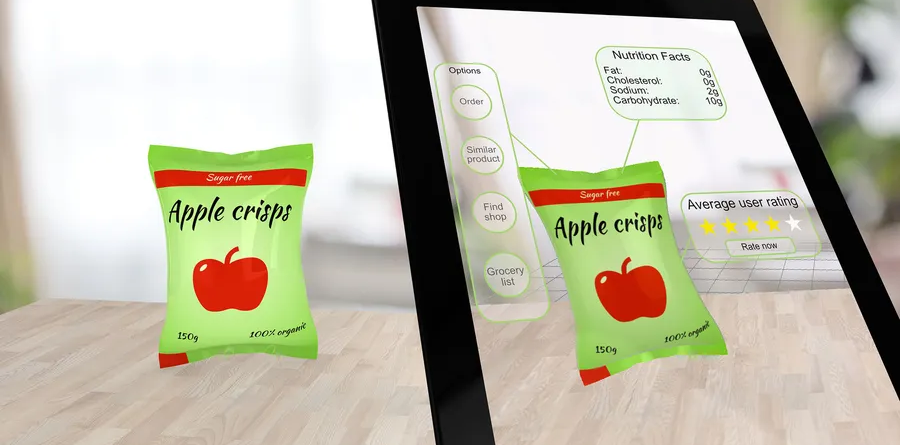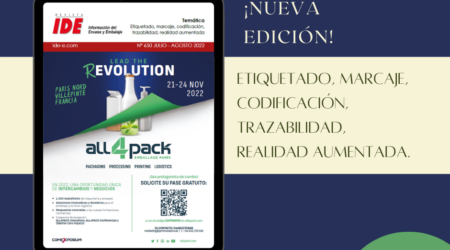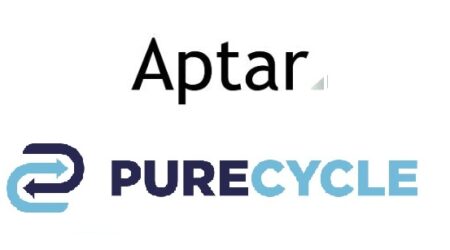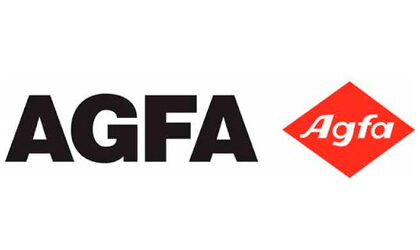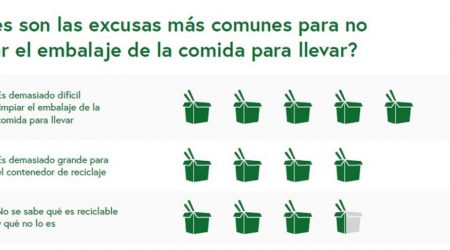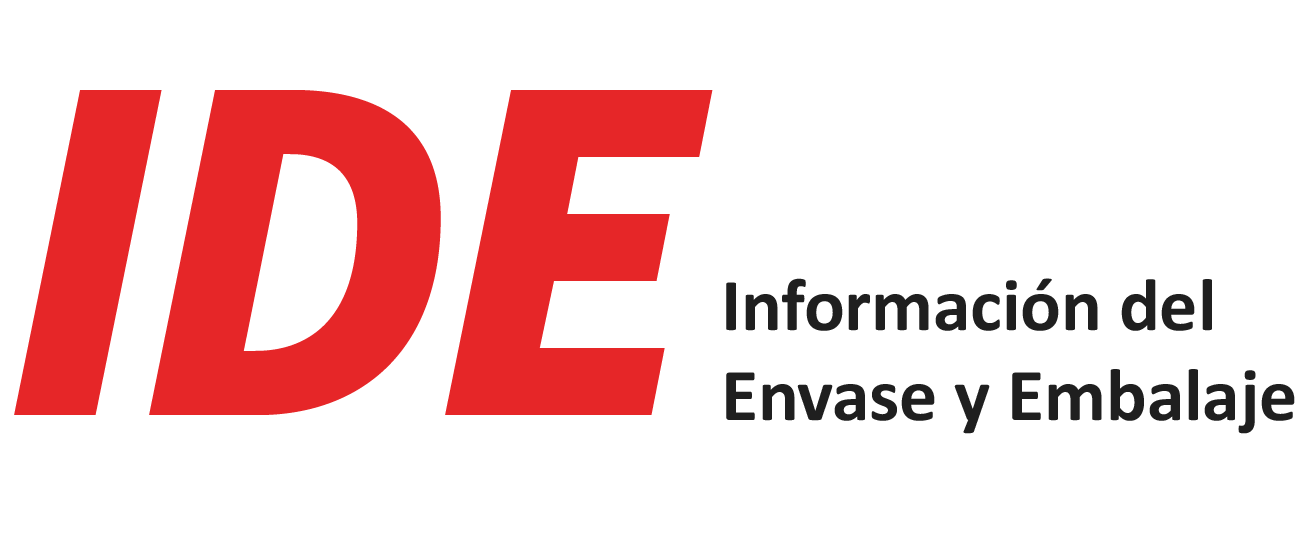Packaging: interface to the digital world
Indice
In addition to the opportunities for digital communications in e-commerce, businesses are making increasing use of digital technologies in shop-based retail. Packaging is an essential interface.
Driven by the growth in online trading, shop-based retail is also becoming increasingly digital. Conversely, traders and manufacturers are becoming more aware that on-site purchasing cannot be entirely replaced by online trading. But even so, retailers are having to rely more on digitalization. The relevant technologies, in the form of QR codes or RFID, for example, are already being used across the board in logistics processes to improve workflows through to the POS.
Digitalization is now taking the battle for supremacy to the sales areas themselves. This is most visible in services for faster payment processes: automated checkout technologies are now also gaining pace in Europe. There are still comparatively few flagship projects, however. With the mobile payment solution “Smart Checkout – Tap, Pay, Enjoy”, travellers passing through Munich Airport can look forward to a fast, digital purchasing experience (Youtube). An Edeka supermarket in Pinneberg has put a similar concept into practice under the name KOALA – a German acronym for “effortless purchasing with no lengthy waiting”. Underlying this is an app that supermarket customers can use to pay for their goods right at the shelf. Once the purchase is complete, they pay by direct debit or credit card using their Smartphone. Electronics retailer Saturn has already tested a number of checkout-free payment options in Innsbruck and Munich, which involve scanning the desired goods using a Smartphone.
This does not significantly affect package labelling requirements, but it adds a whole new level of added value. And the effort is worthwhile: customers can spend less time shopping, and it becomes an experience; retailers benefit from lower costs, faster processes and satisfied customers who will be happy to come back.
Augmented reality on the shelf
In addition to payment systems, manufacturers are already exploring further opportunities to use mobile and Smartphone technology in their shops. In the future, retailers will be able to use Augmented Reality (AR) across multiple platforms to facilitate product interaction or customer service. Putting it simply, AR involves inserting virtual images or films into a real environment. By using their Smartphones to read off information applied to the packaging, customers can access web content, for example, or view video clips.
A major plus with this technology is its ability to combine e-commerce with shop-based retail. Shops and the web are growing increasingly intertwined. Study results show that retailers using digital technology can win back revenue while simultaneously enjoying the benefits of e-commerce. One precondition, however, is the need for a smart connection between shop-based branches and online channels.
More information than will fit on a label
As for benefits for the purchaser, AR can communicate a wealth of additional information about the product, e.g. country of origin, nutritional information, and even details like test results and certificates. The limited space available for printing information on packaging is no longer a problem. Innovative brands can be even more creative and provide images of the farm or the manufacturing operation. AR technology would make all this information available immediately, and could lead to more informed purchasing decisions. Manufacturers can use this new form of communication to offer tips on how best to dispose of the packaging, for example, or to explain exactly why they picked this particular packaging material. Another benefit for purchasers is product visualization. Instead of listing possible recipes for which the product could be used, manufacturers could actually demonstrate the process using AR.
For marketing professionals, AR provides an opportunity to reach the customer. AR helps brand products to stand out within their own niche and create brand loyalty. It also helps brands to communicate with their intended target market. Using AR lets them do a better job of serving different segments of the public and offering a more individualized user experience. A practical example of this is the whiskey brand Jack Daniels. Downloading an app and scanning the label on the bottle takes the customer on a virtual tour through the history of the distillery. This method is a way to give the customer additional information, e.g. the recipe, which would never have fitted on a label.
Although relatively easy to implement, the design process offers an ideal opportunity to show right from the start that the packaging has more to offer than just the content. This opens up entirely new design opportunities. Printers and packaging designers are essential partners to the marketing departments when it comes to implementing Augmented Reality. A number of Augmented Reality applications were on show at FachPack 2019. Development is racing ahead, and this highly promising technology will be sure to have an even more prominent place at the next event in the series in 2021.


